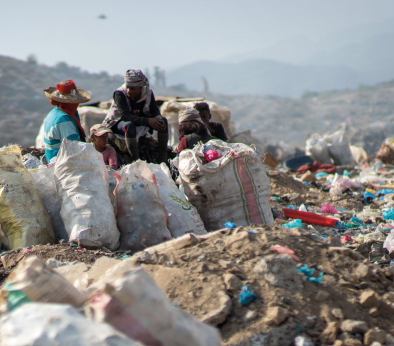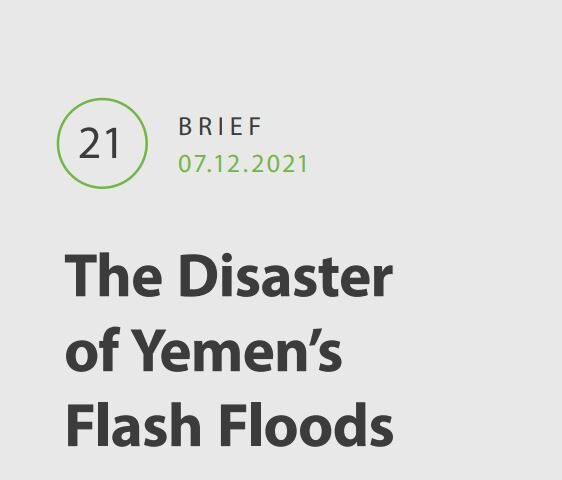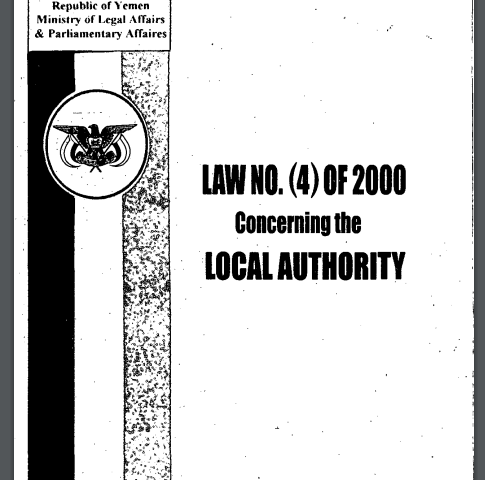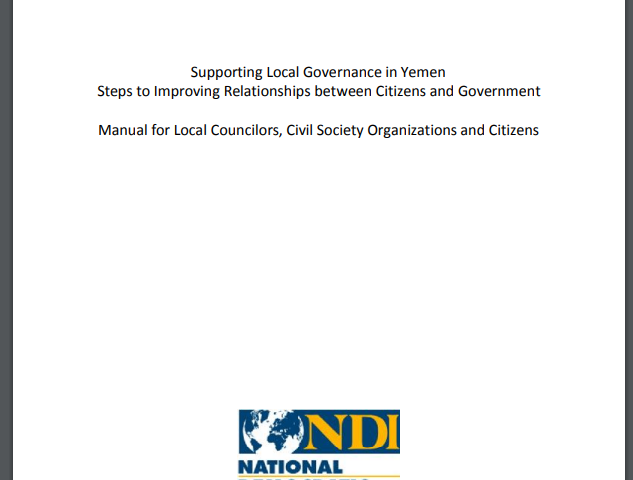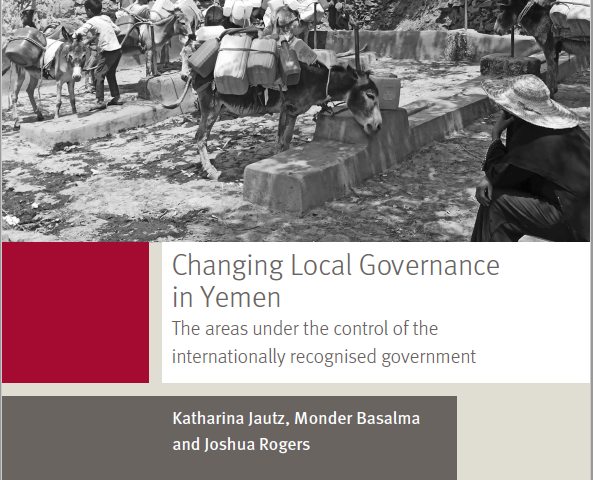The Governorate of Marib is located in the northeastern part of the Republic of Yemen, 173 kilometers to the east of the capital city of Sana’a, between the governorates of Shabwah to the south and Al-Jawf to the north. The governorate is divided into 14 administrative districts with the city of Marib as its capital.
Marib governorate information
Map of Marib
Economy
Agriculture is the main economic activity in Marib, which ranks third in agricultural production in Yemen (after Al-Hodeidah and Sana’a), producing 7.6% of the total crops. Marib’s farmers mostly produce fruit, cereals, and vegetables.
While agriculture employs much of the workforce, the largest contributor to Marib’s GDP is oil production. Marib was the first Yemeni governorate where oil was discovered and Marib oil fields started production in 1986. Historically, local inhabitants benefitted little from local oil and gas exploitation, but this situation has changed since the war.
Marib has a number of mineral deposits and is home to a number of historic landmarks, including the Old Marib Dam, the Sun Temple, and the Belqis Shrine.1https://www.yemenna.com/index.php?go=guide&op=show&link=mareb. The Marib gas power plant is the largest power plant in Yemen and supplied electricity to Sana’a before the war.
According to the local authority’s 2014 budget, grants and central subsidies constituted 96% of the total general revenue for Marib, while local revenues covered only 4%. The most significant sources of local revenue were local shared revenues, selling goods and services, and levying fines, penalties, and taxes.2Republic of Yemen, Ministry of Finance, Budget Sector: estimated local authority budget for the 2014 fiscal year.
Despite the disruption of central government support, Marib has managed to continue raising local resources, since much of the governorate has been spared fighting and disruption from the war. Moreover, income from oil and gas sales and from the Al-Wadiyah border crossing has bolstered the governorate’s income. The Marib branch of the Central Bank is under the control of the local authority and is not subject to oversight by the Central Bank in Aden. Due to the conflict with the de facto authority of Ansar Allah at the end of 2015, Marib ceased to deposit income from gas in the Central Bank, keeping the revenue in the Marib branch. It later signed an agreement with the government of President Hadi granting Marib 20% of the total revenue from gas extracted in the governorate. These additional sources of local revenue, alongside those reserved for the governorate by the Local Authorities Law, have ensured that the local authority has the resources to provide services and invest in new projects. The governorate is able to pay the salaries of government employees, cover the operational costs of the local authority, and cover the investment budget. The investment budget includes service provision, development and maintenance of the water, electricity, and sewage treatment infrastructure, as well as other services. The local authority in Marib is working based on the 2014 budget.
Additional sources of local revenue have contributed to the governorate’s ability to accommodate a large influx of IDPs. By some estimates, the population of the governorate is now 2.4 million, compared with the official estimate of only ca. 340,000 inhabitants.3Wadhah al-Aulaqi, Majed al-Madhji, Local Governance in Yemen Under The Conflict and Instability, Sana’a Center for Strategic Studies, July 2018, p. 23, 33, 34. However, according to OCHA (2019 Humanitarian Needs Overview: Yemen, December 2018), the population is only ca. 500,000, of which 290,000 are IDPs and of which 380,000 are in need.
According to the 2014 Household Budget Survey, the poverty rate in the governorate was 26%. Although the economic situation and service delivery has since improved, the population has also increased significantly in the meantime, so that actual figures are likely to now be higher.
Local governance
The local council in Marib consists of 14 councilors and the governor. Two seats have remained vacant since the 2006 elections, as no elections could be held in the districts in question. Two councilors have passed away. One of them was the secretary general; the other was the head of the services committee of the local council. This leaves the actual composition of the governorate’s local council at 10 councilors. However, they do not meet regularly and have been largely stripped of their function. Local governance is in the hands of the governor and the executive offices, which are fully operational.
Unlike other governorates, Marib is seeing unprecedented growth and development activities. This is attributed to relative stability in the governorate and the increase in revenue, as well as the large influx of IDPs from all over the country.4Interview with senior executive bureau official in Marib. March 2019.
Access to basic services
According to OCHA’s 2023 Humanitarian Needs Overview for Yemen, there are about 850,000 people in need of assistance in Marib, or 80% of the population, 73% of whom are in dire need.
The current IDP population of Ma’rib is 900,000 (status December 2022).5https://data.humdata.org/dataset/yemen-humanitarian-needs-overview, 2023 People in Need in Yemen
Public hospitals and health centers provide health services in the governorate. The local authority is working together with international donors to ensure the available services keep pace with the growing demand as Marib’s population increases. In 2018, a number of improvements were made in hospitals, including the replacement of outdated equipment and an expansion of available capacity to 443 beds, in addition to 25 beds in the emergency ward. Additional doctors, technicians, and specialists were contracted and equipment and medical supplies were purchased thanks to the available budget for operational expenses.6Governorate of Marib website: http://marib-gov.com/news_details.php?sid=1250. Date: 19 March 2019.
With regard to education, 70 schools were damaged by the war according to OCHA (An Overview of the Humanitarian Needs in Yemen 2018). Teachers, however, are being paid regularly.7Economic and Social Development In Yemen Newsletter (Issue No.30, December 2017) published by the Economic Studies and Forecast Sector in the Ministry of Planning and International Cooperation. Education was not seriously disrupted and schools receive support from the local authority and international organizations.
The number of children enrolled in schools increased by 200% between 2017 and 2018 in the city of Marib, and by 117% governorate-wide, according to the statics of the Education Office. To address this increase, the Education Office hired 379 new (female and male) teachers and opened ten new schools for IDPs, including five secondary schools in the city of Marib and six across the governorate. In addition, IDPs are enrolled in existing schools. The Education Office is also building 50 new classrooms in existing schools in addition to erecting temporary classrooms and seeking to furnish them with the necessary equipment.8Governorate of Marib website: http://marib-gov.com/news_details.php?sid=1250. Date: 19 March 2019.
As for drinking water, 69% of households in Marib had access to potable water in 2016/2017.9OCHA: An Overview of the Humanitarian Needs in Yemen 2018. The local authority is working with donors to provide drinking water for the population, expand the sanitation treatment plant in the city of Marib, and provide sanitation projects for IDP camps, especially in Al-Khaniq and Al-Jafinah.10Governorate of Marib website: http://marib-gov.com/news_details.php?sid=1250. Date: 19 March 2019, and UNICEF, A report on the humanitarian situation in Yemen, October 2018, p. 7.
Demographics
| District | Size (km2) | Population (Female) | Population (Male) | Population (Total) |
|---|---|---|---|---|
| Majzar | 2,684 | 3,051 | 5,735 | |
| Raghwan | 8,078 | 10,427 | 18,505 | |
| Medghal | 13,099 | 15,081 | 28,180 | |
| Harib Al Qaramish | 2,973 | 3,361 | 6,335 | |
| Bidbadah | 11,924 | 13,230 | 25,153 | |
| Sirwah | 8,430 | 9,388 | 17,818 | |
| Al Jubah | 18,739 | 20,755 | 39,494 | |
| Rahabah | 5,309 | 5,880 | 11,189 | |
| Harib | 26,526 | 29,058 | 55,584 | |
| Mahliyah | 4,944 | 5,240 | 10,184 | |
| Al Abdiyah | 16,382 | 18,130 | 34,512 | |
| Marib City | 321,383 | 321,383 | 642,766 | |
| Marib | 73,268 | 81,844 | 155,113 | |
| Jabal Murad | 7,945 | 8,938 | 16,883 | |
| TOTAL | 17,405 | 521,683 | 545,767 | 1,067,450 |
Figures are are based on the 2021 Humanitarian Needs Overview Yemen, OCHA. Population figures include the number of IDPs and residents.


